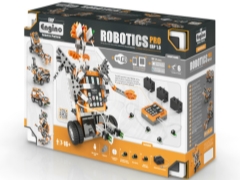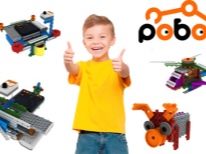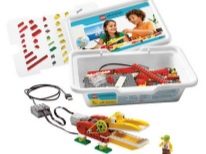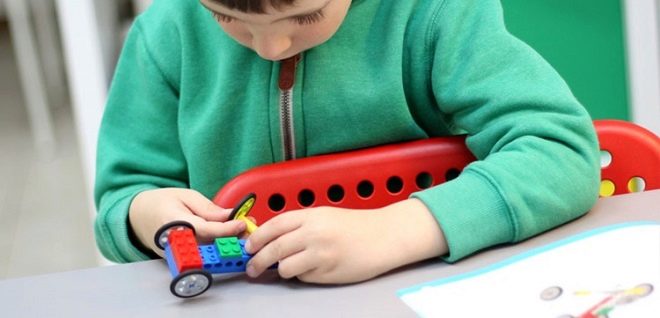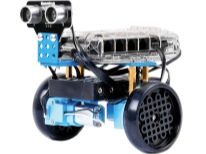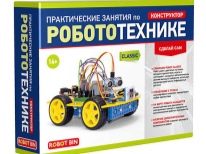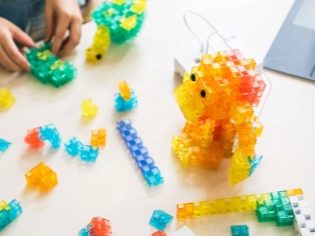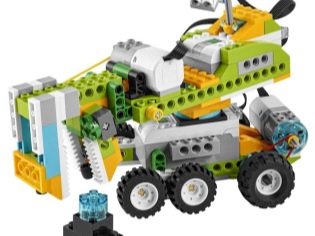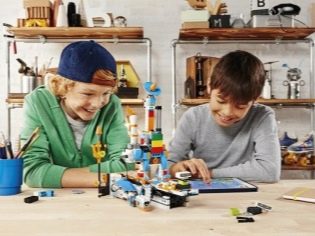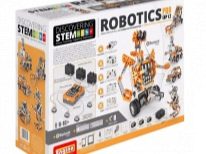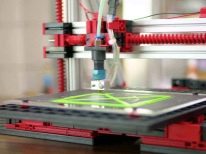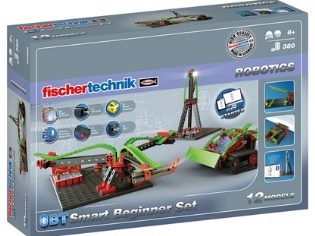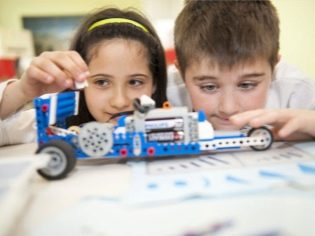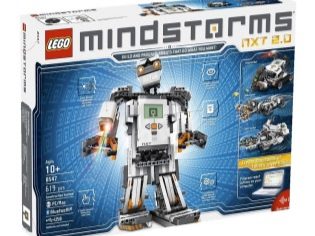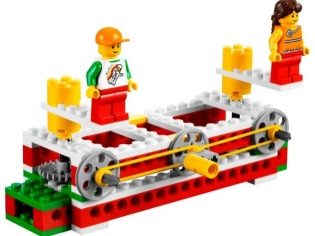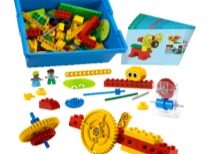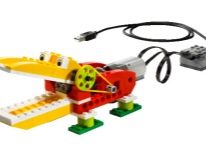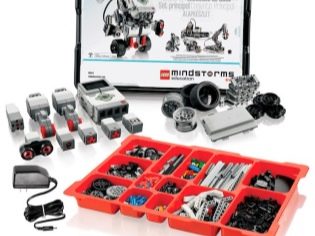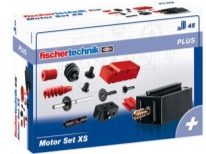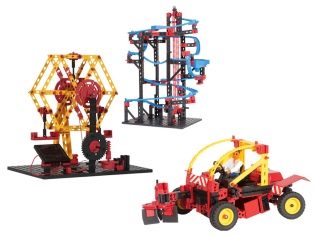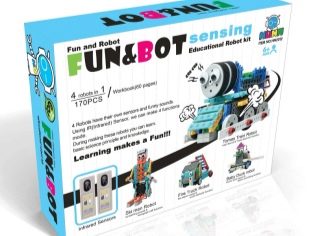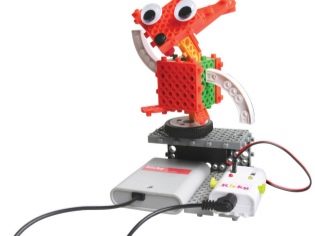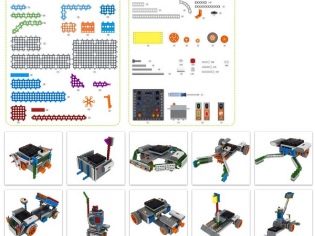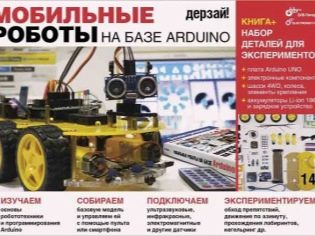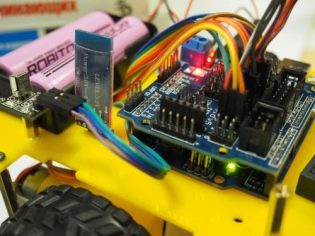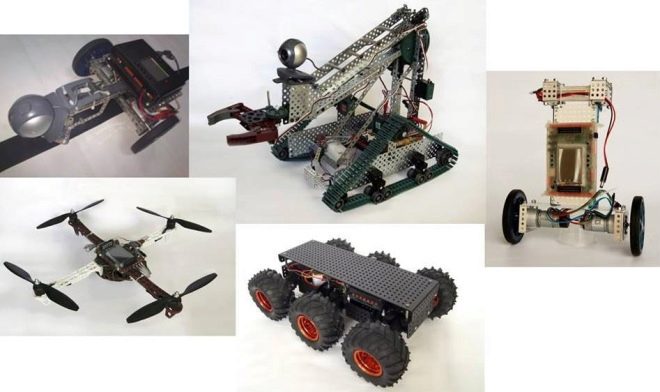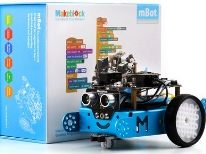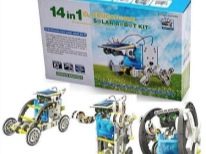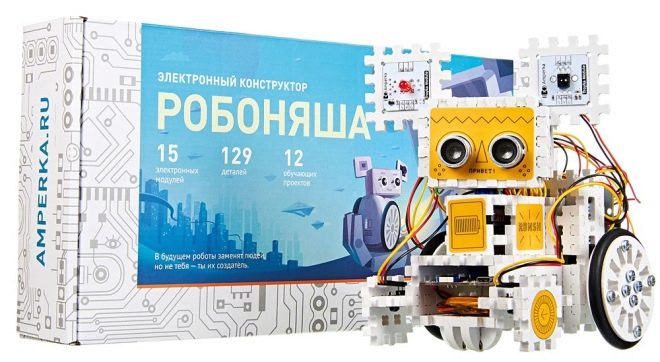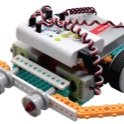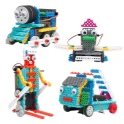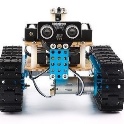What set of designer for robotics to choose for a child?
More recently, the construction of robots seemed to be a fantasy. Today, almost all schoolchildren do this as part of the educational program. Robotics combines several subject areas at once - from physics to computer science. She develops thinking, logic, engineering skills. In some schools and even kindergartens, robotics is taught as one of the subjects of the school curriculum or elective.
That is why the question of choosing a set of designer for robotics is urgent and burning. In this article we will try to figure out which set is best for children.
What it is?
A constructor for robotic classes is not just a children's set for the game. This is a complete educational material. For schoolchildren from the age of 10, such kits are usually supplemented with supporting materials - a textbook, a workbook. For preschool and elementary school students, the kits are simpler, but they also represent not just toys, but educational materials corresponding to the age category. On the one hand, the child plays, he constructs a funny robot, which you can teach something and set certain functions for it, and on the other hand, there is an intensive learning process in practice - mathematics, drawing, physics, mechanics, computer science and programming become closer and clearer for a child.
For beginners, sets are simpler, they provide the basics of mechanics, logic, teach a child to assemble motors and individual elements of a complex. For more “advanced” users, the sets are larger and more diverse, they allow you not only to assemble the mechanism, but also to give it a model of behavior and certain functions.
Programmable robots - aerobatics, they will not only act according to a given program, but also develop their own program correction options if something from external conditions or input changes.
Versatility is peculiar to most of the sets - a number of models can be assembled from one set, besides, the child can fully embody his own ideas. The overwhelming majority of the kits meet the standards of educational robotics and are well suited for both home and school lessons. In this way, there will be enough one set, however, provided that it is chosen correctly and according to age.
Age categories
The creators of sets of designers for robotics clearly graded the target audience: each set is designed for children of a certain age and level of preparedness.
4 - 6 years
For preschoolers, robotics kits include fairly large parts for safety and ease of construction. Often the elements of the designer have a bright color, which attracts the attention of children and gives them pleasure. You can collect something fairly simple from them - cars and airplanes, a giraffe or an elephant. Some models are convenient to assemble a company, for example, in the classroom in the kindergarten or at children's birthday.
The task of such sets is to develop hand motor skills, imagination, logic, the ability to do something in a team, to get basic skills about the device of objects and things, mechanisms and mechanics (why the wheels spin, how the motor works, etc.).
7 - 9 years old
These kits are usually attached first benefits on the beginnings of robotics. The sets themselves are more complex, the details are smaller, and the designer offers substantially more possibilities. The child can not just create simple mechanical handicrafts with his own hands, but also gets acquainted with such concepts as physical quantities and patterns, the work of sensors.
This allows not only to collect a tank or a car, but also to make them move, stop at an obstacle, go around it, move along a given trajectory. All this provides endless opportunities for schooling (in the lessons of the outside world, at electives, after-school classes), as well as for fun games at home - alone or with friends.
10 - 14 years
Such kits give a more complete picture of robotics. A schoolboy can create various programmable models, and some sets even allow you to assemble your own 3D printer and print the necessary parts yourself. Some designers have double possibilities: in the set there are programmed electronic cards, so that the assembled model demonstrates its “factory” capabilities, and there is also the possibility to write a program for the assembled robot on its own and make it do something new.
Such designers help students better understand topics in physics and computer science, develop engineering abilities, logic, thinking, memory and attention. Radio-controlled robots, which can be created using such kits, are a subject of particular pride for teenagers. Their guys can put up for a competition or a tournament in robotics, good, such competitions are now held annually in various regions of Russia and at the national level.
Overview of popular sets
Manufacturers offer a great variety of kits for different ages and levels of initial training. Choose the one that will appeal exactly to your child - the task is not as simple as it may seem at first glance. Let's look at the most popular kits, their advantages and disadvantages.
Lego education
Parents know about “Lego” more than it seems to them, because it is this manufacturer of designers and modular sets that covers their products for different age categories of children of different sexes. At first, boys and girls play sets from “Lego”, and then they may well begin to design robots from parts that are betrayed by this manufacturer.
It is this brand that today occupies a leading position among school programs in robotics. This is due not only to a rich choice, a variety of details and capabilities of the kits, but also the obligatory presence of teacher materials in each set, as well as teaching aids for students.
“Lego” is an excellent choice for kindergarten students. The Simple Machines and First Machines kits, designed for preschoolers, will tell the kids about the role of cogwheels, levers, pendulums, and springs in an accessible play form.
You can try out all this in business, collecting your own crafts, which will move at the expense of the wheels and levers.
The sets of “Lego” WeDo and WeDo 2.0 are designed for children from 7 to 10 years. They are more complex and interesting at least by the fact that the child can assemble his own robot equipped with light, movement, tilt, turn, etc. without assistance. The resulting robot can surprise with its abilities: it can be taught to ride along certain lines , overcome obstacles, go through labyrinths
For children from 9 to 13 years old, the sets that make it possible to assemble a robot that can not only exist by itself, but also interact with other Lego robots will be interesting. It is interesting if there are two or more robot-sibling children in the family, or the child previously collected models of robots from this manufacturer. Now the old robots will get a second life. These include Mindstorms Education EV3 kits.
When choosing a designer from Lego, moms and dads should remember that all designers for robotics from this manufacturer are divided into basic, additional and resource ones. Basic - this is a basic set of parts. Resource - a set of additional parts that allow you to collect their old items completely new crafts.
Additional kits are a nice addition to basic kits that extend their standard features.
Fischertechnik
This is a good and high-quality creation of German manufacturers. Like all German, the brand is concise, simple, the designers are understandable to children of different ages. Small engineers from 5 years old can try their hand by assembling the simplest sets from “Firshtehnik” - “Kids Set” or “Kids Super Set”. From the parts that are included in each kit, it is quite possible to create several modifications of machines, tractors, combines and construction self-propelled cranes. This activity will appeal not only to the child, but also to his dad.
For elementary school students (from 7 years old and a little older), the German brand offers options that will make it possible to assemble not only a technology model, but also make it work - solar-powered or using remote control. There are in the line of designers and kits for children from 13 years of age, but they are less diverse than the proposals for the same age category from the same “Lego”.
But if the child is keenly interested in some particular field of physics, for example, optics, then it is best to choose the German designer “Fishtechnik”, since in its lineup there are sets for “admirers” of narrow physical directions - optics, dynamics, thermodynamics, electromechanics.
Huna
Korean manufacturers approached the issues of educational robotics more than thoroughly. All kits are created on the principle of following from the simpler to the more complex. Preschoolers and primary school students can create robots that will be equipped with sound signals, motors, as well as simple sensors that can determine the distance or color. In fact, it turns out a great toy. But from the purchased machine collected independently differs strikingly by the fact that her child loves and appreciates much more.
For kids, manufacturers choose familiar stories, offering to assemble trains and airplanes - the heroes of popular cartoons, as well as other characters known to children.
The instructions are quite understandable, illustrated, but it is better not to leave unattended child with such a kit: some details are clearly too small. But the advantage of the designer is that any element can be fixed with the other from any side, the details are universal. This makes it possible to translate into reality any fantasy of your son or daughter.
For collective work, Korean manufacturers have provided sets that require simultaneous work of a large number of children at once. For example, an entire class on robotics can be offered to assemble a cheerful zoo and make animals move or construct a real small city with houses, factories, highways, cars and even pedestrians.
Mobile robots based on Arduino
Such Russian-made designers are useful and interesting for older children - from 10-11 years old. They include a set of parts for the creation of technology and Arduino board. The child will learn how to program this controller, how to assemble the robot, how to set an action vector for it. The resulting model can be easily combined with a smartphone running on the “Android” platform, this will expand the control capabilities of the robot.
Such a robot can be trained, developed, it can be taught to travel around the room, look for lost socks and play kegelring. The space for creativity is the greatest.
"Trick"
These sets of domestic production are not just a designer, but part of an entertaining and educational robotics program.For a child of any age, you can choose a set that will allow you to assemble "smart" robots that can not only move along a given trajectory, but also "see", "hear" and even interact.
The fact is that the controller "Trick" can simultaneously process audio and visual data, synthesize speech, "understand" voice commands. "Trick" is called the Russian cybernetic designer of a new generation. Cybernetic quantum mates will be liked by children only by the fact that they can communicate with them. Even basic inexpensive kits contain a video camera and a small microphone. Details solid, metal, such a kit will last a long time.
For teenagers who have long been interested in robotics, there are kits that allow you to assemble almost humanoid robots.
Tetrix / Matrix
These are quite popular sets in Russia, but they do not have their own controller. But such sets work fine with the Lego controller, so they will be an excellent choice for those who already have the Lego set. Due to the relative cost of living (basic kits cost more than 70 thousand rubles, and resource sets start at 20 thousand), not every school can afford to equip robotics with such sets.
But for home use such a set fits perfectly, especially if the family budget allows you to purchase such a useful and interesting learning toy.
General rules of choice
Parents should know the following:
- Observe the age requirement. The desire to buy a five-year-old child a set that allows you to create a humanoid robot playing football or desperately fighting in the ring, can lead to the fact that your child is quickly bored with an incomprehensible and difficult process of assembling it. It is unlikely that later you will be able to lure such a child into a circle of robotics.
- Remember at least about the very near future. Small and inexpensive sets will very quickly exhaust their possibilities in the eyes of the little designer and will gather dust on the shelf.
If it is not possible to change the robotic design kits from time to time according to age, buy something like the 14 in 1 kit. This kit will allow you to assemble from one set of parts 14 different robots that will be powered by light bulbs or sunlight.
- Make sure you are safe. Parts and fasteners should not be made of obscure plastic, toxic materials. From them should not come a strong chemical smell. In order not to buy a fake, do not hesitate to ask the seller for a certificate of conformity and a safety certificate for the set you like.
- Trust the choice to the child. Your child knows best what is really interesting for him. If he wants to participate in robots fights at the next “Robofest”, do not impose kits for assembling mechanical models on him. If the child wants to create a robot that will break dance with him, do not force him to “revive” the bulldozers and the tractor. Benefit will be only where there is a personal interest.
In the next video, see a detailed review of the Arduino-based Makeblock constructors.
